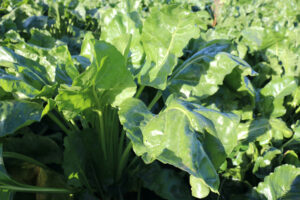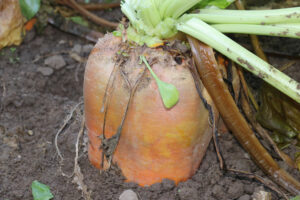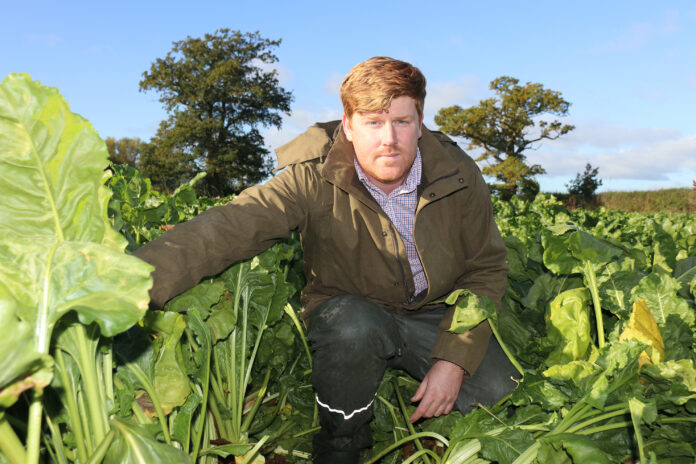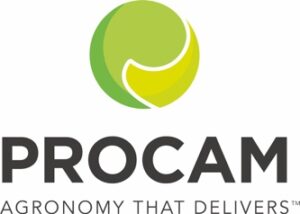Fodder beet should be a serious consideration for livestock farmers this spring, given its potential to be the highest yielding of UK-grown forage crops and the cheapest per unit of energy produced.
So says ProCam’s Rhys Owen, who outlines a number of key management points and recent advances in agronomy that will help to ensure success.
“Achieving its typical potential of around 25 tonnes of dry matter (DM) per hectare, fodder beet can work out at as little as 5-6.5p/kg DM, which can be about a third to half of the cost of grass silage, or compares with about 8-10p/kg DM for kale,” Rhys explains. “Fodder beet is a crop that requires investment and attention to detail. However, done right, it can be the most cost effective forage crop available.
“It is a multi-purpose crop, in that it can be grazed in situ or lifted. Fed in situ, it has the potential to extend grazing seasons, or to be utilised as part of an out-wintering system for cattle or sheep.”

Fodder beet is drilled earlier than most other forage crop options, with the optimum sowing period being mid-March to the end of April, says Rhys, so should therefore be established before the greatest risk of dry periods that can hamper later-drilled crops. In all cases, site selection is the first consideration, he says, then it’s important to prepare the right seedbed.
“Light and medium bodied soils that are free draining are best, with a pH of 6.5 or higher. For optimum establishment and crop growth, create a seedbed that’s fine and firm in the upper 5-7cm, with a more open structure below to allow root development.
“If you are intending to graze the crop in situ, it’s important to plan ahead of drilling in order to optimise the layout. If planning to transition cattle on to beet, leave a 6m headland to allow them space. Also, drill in a direction that enables the fence to be positioned along the rows, which simplifies allocation of the crop to all stock. If the field is sloping, always aim to graze downhill.”
Maximising returns from fodder beet also depends on choosing varieties based on trials performance and their suitability for the required end use, adds Rhys.
“For grazing cattle, use a proven medium DM variety like Geronimo, whereas if it’s for sheep or young cattle you’ll achieve better utilisation by going for a variety that sits out of the ground more, with a lower DM, such as Lactimo. In all cases, I’d recommend using primed (pre-germinated) seed, as this will result in a faster and more even establishment, with the crop reaching canopy closure more quickly.

“Primed seed is an important advance in fodder beet growing. It should be used alongside a number of other significant agronomic improvements in order to achieve full potential.
“For example, where a crop is destined for grazing, fertiliser application and disease control should be geared towards maintaining green leaf growth longer into the season, boosting overall yield and protein content,” he says.
“Fodder beet has a total nitrogen (N) requirement of about 200-240kg N/ha, compared with 120-150kg N/ha for traditional beet. But with the right inputs at the right time, fodder beet can out-perform any other forage crop and be your most cost effective autumn and winter forage.”
Comprehensive guidelines on growing and feeding fodder beet are available through ProCam’s Field Options website: www.field-options.co.uk/technical-Information/category/growers-guidelines.
Five steps to success with fodder beet
· Suitable site and seedbed
· Plan field layout ahead of drilling
· Grow proven varieties compatible with end use
· Primed seed
· Tailored agronomy
Help keep news FREE for our readers
Supporting your local community newspaper/online news outlet is crucial now more than ever. If you believe in independent journalism, then consider making a valuable contribution by making a one-time or monthly donation. We operate in rural areas where providing unbiased news can be challenging. Read More About Supporting The West Wales Chronicle
























